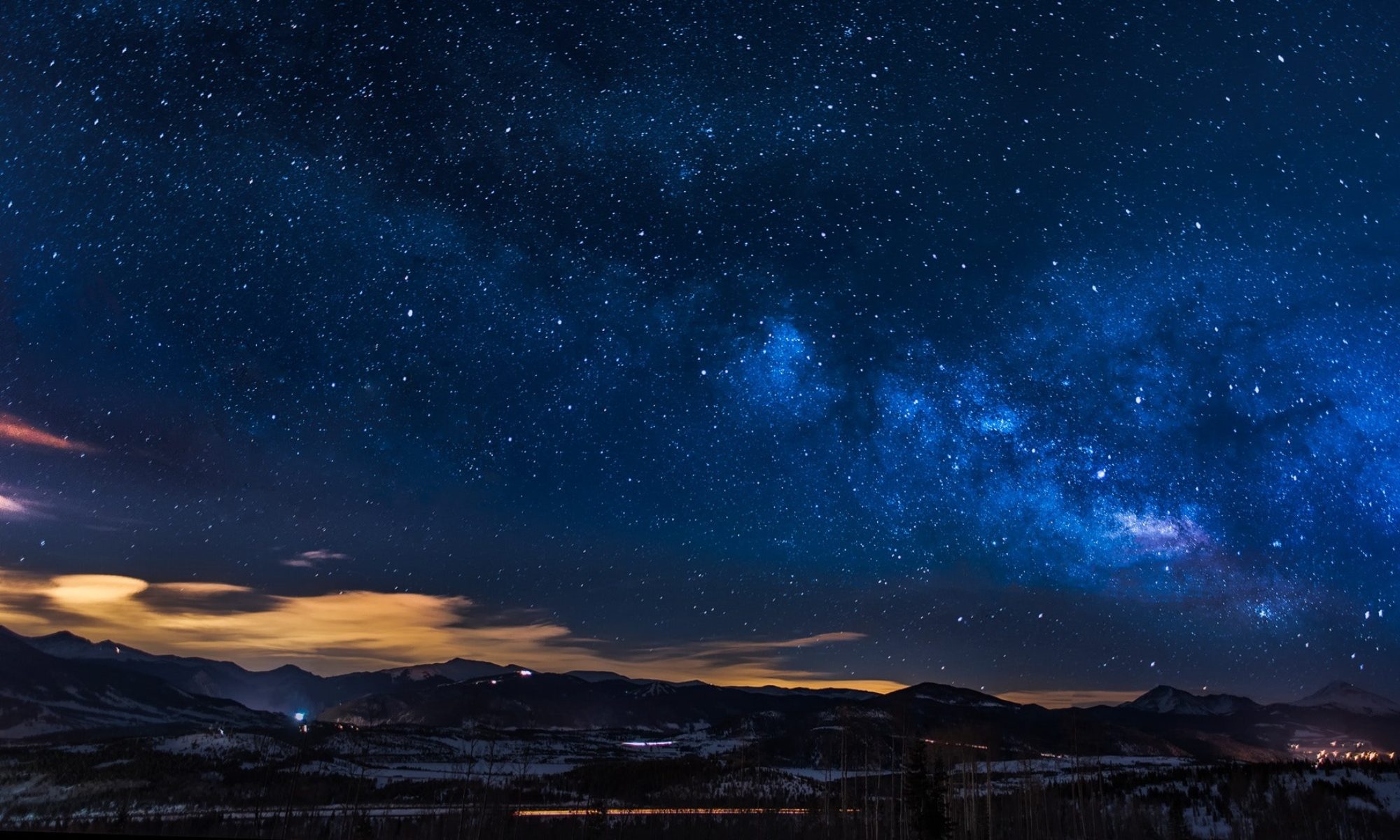I went to see a beautiful exhibit at the Portland (Maine) Art Museum. It highlights the work of four 20thcentury women artists, three of them far less known than they should be. In addition to paintings by the deservedly celebrated Georgia O’Keeffe was the work of Florine Stettheimer, Marguerite Zorach, and Helen Torr. For each the determination to make art was counter-balanced—sometimes upended–by life’s making other plans in ways that male artists are rarely called upon to negotiate.
Later, in discussing the exhibit with my cousin Judith Lerner, a painter whose work I hugely admire, she mentioned a book she had recently read, “The Muralist,” a novel by B. A. Shapiro about a woman painter in the male-centric art world of mid-20th century New York. Shapiro places her heroine, a young Jewish woman artist, in the circle of Mark Rothko, Lee Krasner, Jackson Pollock, and Willem DeKooning and gives her relatives in harm’s way in Nazi-occupied France. She is at work on a mural that she hopes will galvanize public opinion in support of rescuing those who are beginning to disappear into concentration camps before that becomes an actual descriptive term. The villain is not the distant and nearly unimaginable Hitler so much as the banally evil Breckinridge Long, who, in fact, as a bureaucrat in FDR’s State Department, made it his mission to deny as many visas as possible to desperately fleeing refugees, particularly Jews. Read Muslims, read wall; so many others, so many ways to keep them out.
What made “The Muralist” especially compelling to me was its ability to let the reader in on the passion with which art is made. Mystical, exhilarating, that concentration of energies. (A digression: last week I saw one of my favorite examples of this, Stephen Sondheim’s “Sunday in the Park with George” that, though it was a lackluster production, still got me teary over Seurat’s and Sondheim’s evocation of “an ordinary” Sunday. Here’s a little gift to you—this terrific video of the original cast doing the Act I finale at the 1984 Tony awards.)
A lot to think about at this moment in the world, in our country. And always interesting how fiction helps us see what’s most true.
